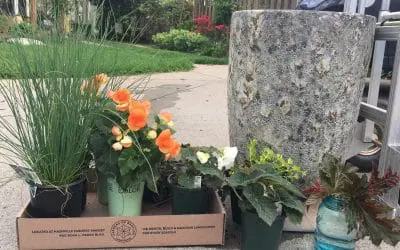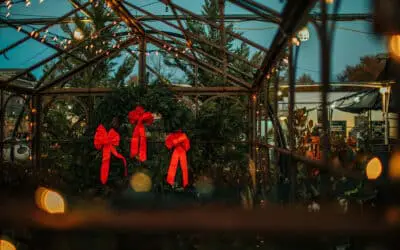Plant a garden that attracts pollinators
If not for butterflies, wasps, all types of bees and other nectar-sipping, pollen-spreading creatures, we would not have the good food and beautiful flowers we reap from our gardens. Their role is to move grains of pollen from the male part of a flower to the female part, thereby kicking off the next generation of fruits, seeds and young plants. So bring on the pollinators!
Plants that attract pollinators
To set your garden in motion with flying, fluttering and crawling pollinators, plant what they need to live. Flowers provide food in the form of nectar for the insects and hummingbirds. Other plants act as host plants for the larvae of butterflies and other pollinators. Here are a few garden favorites that will bring pollinators to your garden.
* Butterfly weed: Its bright flowers attract hummingbirds, bees, and – of course — butterflies. Grows in full sun and blooms in summer.
* Sunflowers, zinnias: Bees, wasps and butterflies are all drawn to these summer favorite annuals. They grow best in full sun but can tolerate partial sun.
* Bee balm: It’s called this because it attracts bees, of course, but butterflies also sip its sweet nectar. Bee balm grows in sun to partial shade and blooms in summer.
* Trumpet honeysuckle: This vine is favored by hummingbirds, who dip their long beaks in the red-orange, trumpet-shaped flowers in spring and summer. They grow and bloom in sunny and partially shady gardens.
* Columbine: These spring blooming perennials in a variety of shades attract bees and hummingbirds to the garden. They grow in partial shade to sun, and bloom in spring.
* Service berry: This large shrub or small tree blooms with white flowers that attract bees, flies and other pollinators early in the spring. Plant it in sun to partial shade.
* Parsley, dill, fennel: These herbs are all host plants for butterfly larvae – caterpillars – that feed on the foliage. Plant enough to use and to share with the future pollinators.
What else do pollinators need?
Aside from sources of nectar and foliage, you can invite pollinators to the garden by providing other habitat “amenities.”
* Water is essential to pollinators. Include fountains, birdbaths, sprinklers or other water features in your garden plans.
* Places to nest and to roost help pollinators feel at home. A variety of trees and understory plants provides plenty of choices for a variety of creatures. Bees and insects also nest in leaf litter and dead wood.
*A variety of plants attracts a variety of pollinating insects. Plant flowers of different colors, fragrances and blooming times to attract different species throughout the season.
* Avoid pesticides, which can be deadly and will undo efforts to attract the beneficial pollinators to the garden.





